What started as a protest in Canada has evolved into a growing international campaign focused on avoiding US brands. Sparked by frustration with American trade policies and political tensions, consumers across Europe are now choosing local alternatives. From fast food chains to tech giants, people are rejecting American products in favor of ones that better reflect their values. The movement isn’t just about politics, it’s about consumer power, ethics, and identity. As more shoppers turn away from US companies, retailers and businesses are being forced to adapt. Let’s explore how this boycott turned into a global trend.
Canada Leads the Way
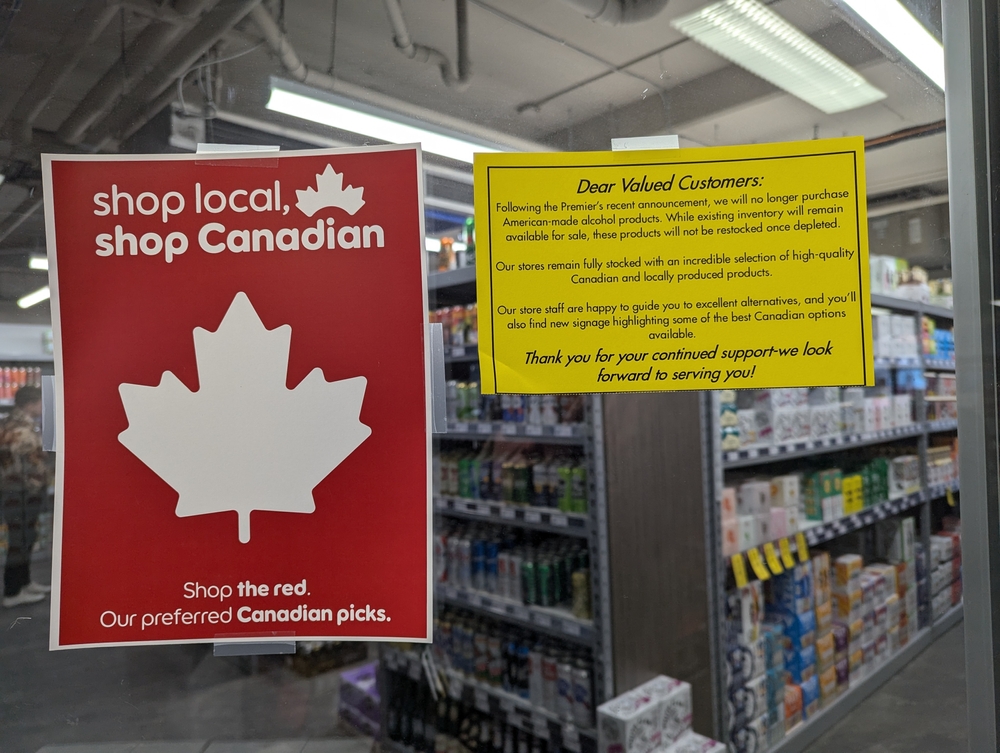
Canadians were among the first to take action by avoiding US brands after steep tariffs hit the steel and aluminum industries. Citizens saw the move as unfair and retaliated with their wallets. They ditched American goods and chose local products instead. Apps like Maple Scan made it easier to support Canadian-made items. Hashtags like #BuyCanadian spread fast on social media. Even cross-border travel declined. The boycott quickly gained steam, showing that Canadians were serious about protecting their own industries and standing up to what they viewed as economic aggression.
Europe Joins the Protest

Inspired by Canada, European nations began avoiding US brands, too. Anger over American policies, from trade to climate change, pushed consumers to look for non-US alternatives. In Sweden, tens of thousands downloaded apps to help identify American goods. Denmark’s largest retailer began labeling European-made items, encouraging shoppers to buy local. This wasn’t a government-led initiative, it was grassroots, powered by people tired of being on the receiving end of American decisions. Across the continent, avoiding US brands became an act of resistance, fueled by tech, community, and shared values.
Tesla, Apple, and McDonald’s Take a Hit
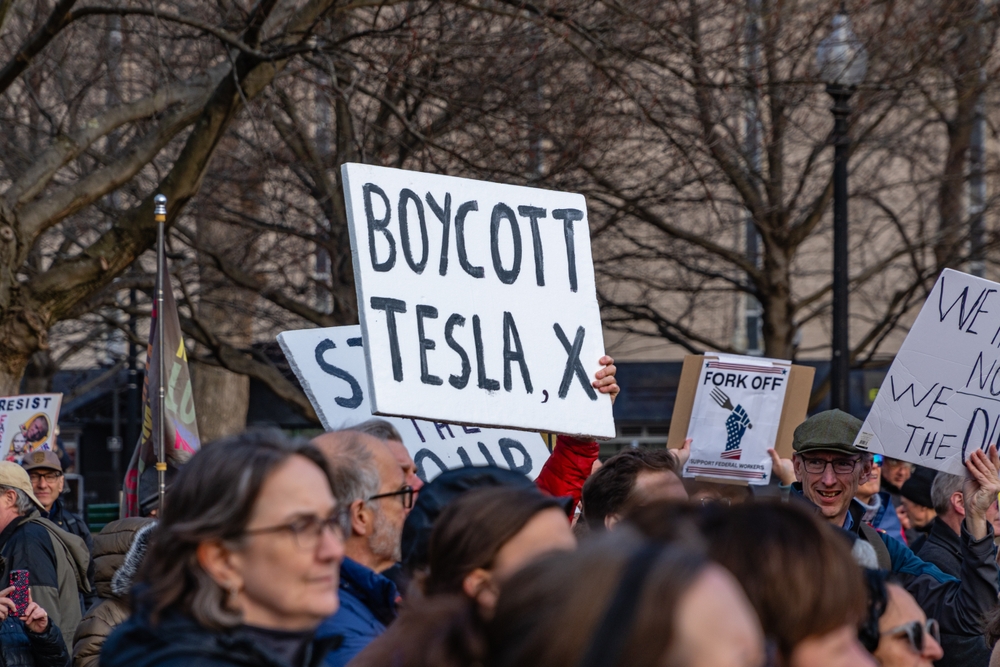
Some of America’s biggest brands are seeing the effects firsthand. Tesla’s market share in Europe has dropped as more people choose competitors. Elon Musk’s role in US politics hasn’t helped the brand’s image. Apple, once dominant, now faces backlash as Europeans choose to delay iPhone upgrades or switch to other tech. Even McDonald’s, a global fast-food leader, is seeing fewer customers. The decision to start avoiding US brands isn’t just symbolic; it’s having a real economic impact, and more companies are beginning to feel the pressure.
Coca-Cola and Alcohol on the Chopping Block
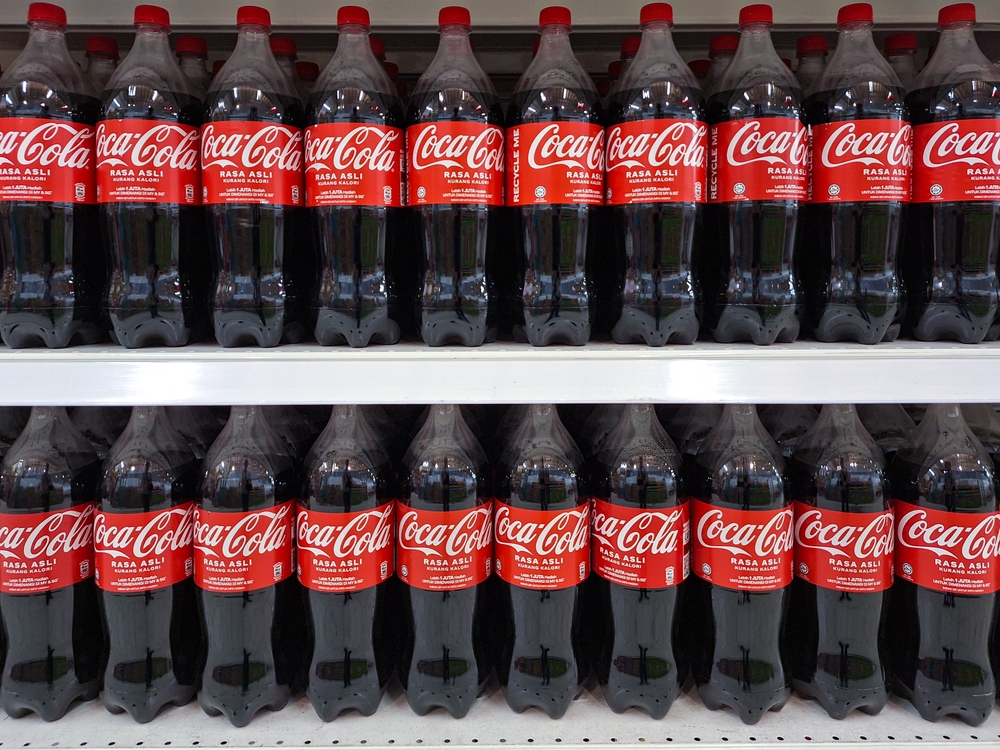
Coca-Cola, one of the most iconic American exports, has become another target of the boycott. In both Canada and Europe, shoppers are turning to local sodas or European brands as substitutes. The same goes for American-made alcohols like Jack Daniel’s and Budweiser. Bars and restaurants are starting to favor regional spirits and brews. This shift reflects a desire to support homegrown industries, and to distance consumer spending from American influence. As avoiding US brands becomes more common, even the beverage aisle isn’t safe from scrutiny. The ripple effect is real, and it’s growing.
Apps and Labels Empower Buyers
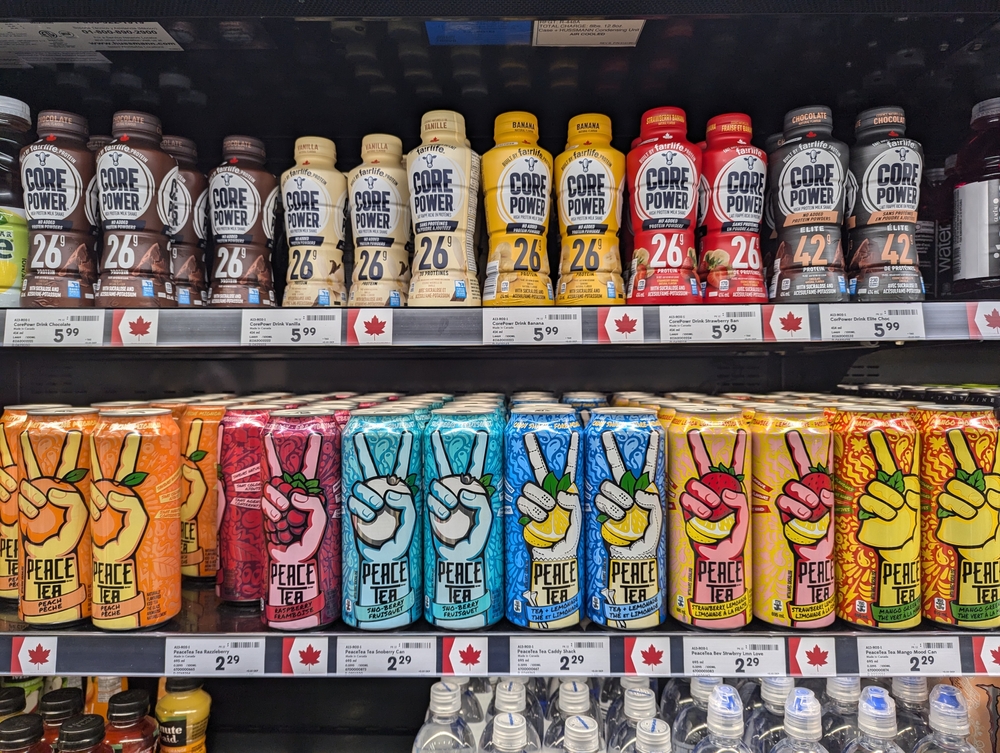
Technology has made avoiding US brands easier than ever. In Canada, the Maple Scan app lets users instantly check a product’s origin. In Europe, similar tools are popping up. Danish retailers now clearly mark which goods are European-made, giving shoppers the information they need. With just a scan or label, consumers can decide whether a brand aligns with their values. This transparency strengthens the boycott movement. As tools become more accessible, the number of people avoiding US brands continues to grow. Technology has turned ethics into a simple, everyday choice.
Tourism and Travel Declines

The pushback isn’t just limited to products. Canadian travel to the United States has dropped by more than 70%, showing that many are now avoiding US brands in the broader sense, including tourism. People are canceling trips and choosing destinations within Canada or Europe instead. Social media influencers promote alternatives to U.S. travel, while tour companies adjust their packages to reflect changing preferences. This shift goes beyond shopping, it reflects a larger cultural distancing. Travelers are proving that how and where they spend their money can speak louder than words.
Read More: U.S. Government Expands ‘Do Not Travel’ List to 21 Nations
Retailers Rethink Their Shelves
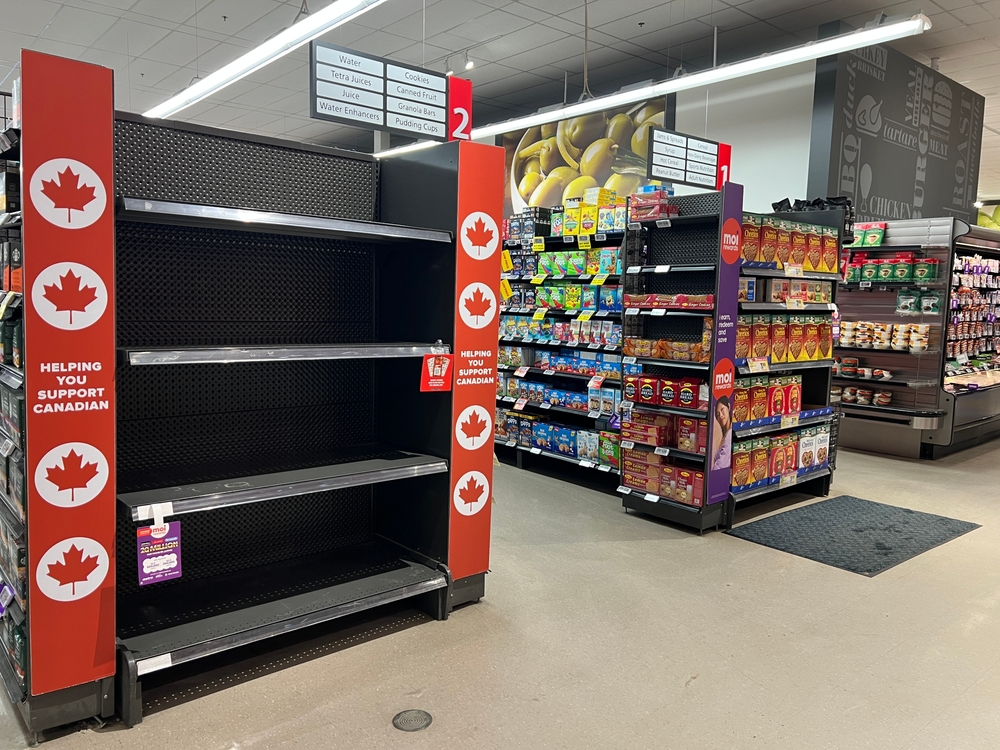
Retailers are responding quickly to changing consumer behavior. In Denmark, for example, the Salling Group now promotes local products with visible labels. Other stores across Europe have followed suit. Shelf space once filled with U.S. goods is now being repurposed for European or Canadian alternatives. This isn’t just about marketing, it’s about trust. Consumers want transparency, and stores are delivering. By helping customers in avoiding US brands, retailers are positioning themselves as allies in a growing movement. The shelves are changing, and so is the conversation about what we choose to support.
Luxury and Fashion Brands Face Scrutiny
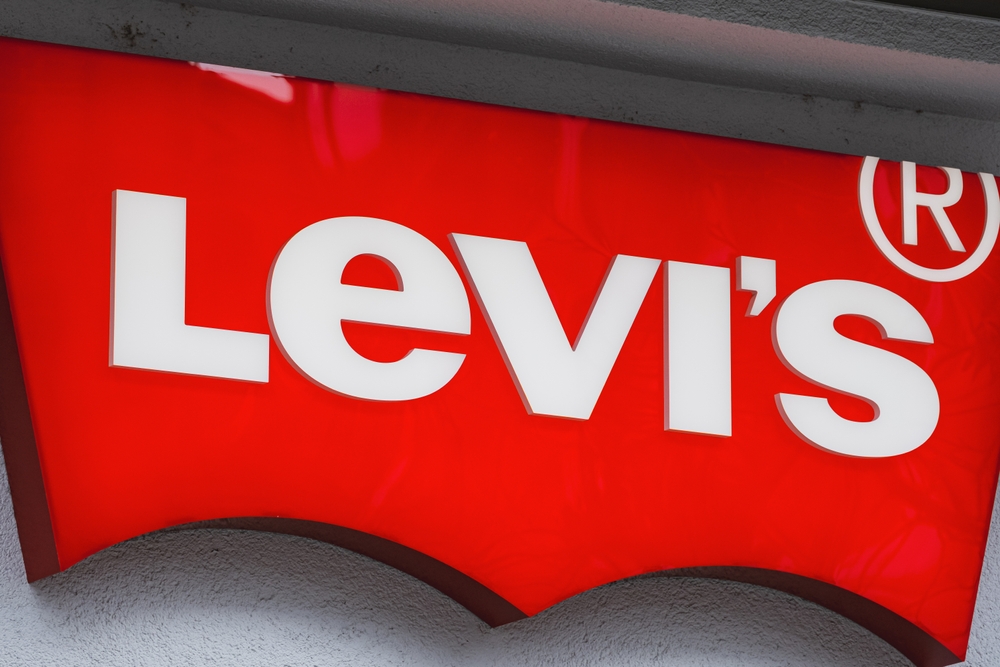
While tech and food companies feel the heat, American fashion and luxury labels aren’t exempt. Brands like Levi’s, Michael Kors, and Coach are experiencing a dip in European interest. Consumers are now choosing European designers or sustainable local alternatives. Social media movements highlight which fashion items to skip and what to buy instead. By avoiding US brands in fashion, shoppers are reshaping style as a political statement. Influencers and celebrities are joining in, opting for ethical, locally sourced pieces. This shift shows that even the runway isn’t immune to the power of consumer protest.
The Role of Gen Z and Social Media
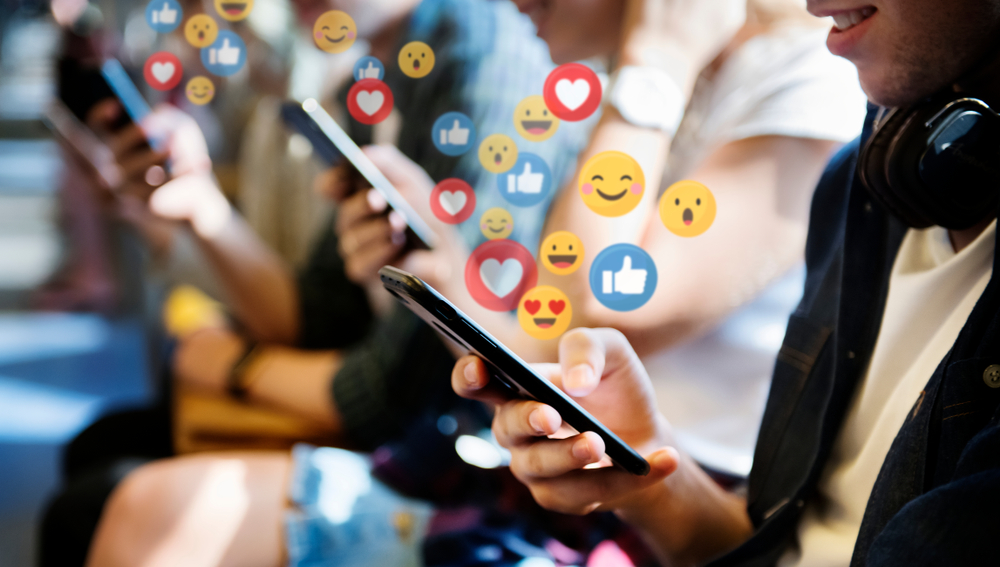
Much of the momentum behind avoiding US brands comes from younger generations, especially Gen Z. This tech-savvy group uses platforms like TikTok and Instagram to promote alternative products, explain boycott reasons, and share reviews. Viral content highlighting the origins of goods or calling out specific companies drives rapid awareness. Social media has turned everyday shopping into activism, where every purchase becomes a chance to support or reject a brand’s values. With Gen Z leading the charge, the movement shows no signs of slowing down. Their digital influence keeps the boycott visible and growing.
What Fuels the Boycott?
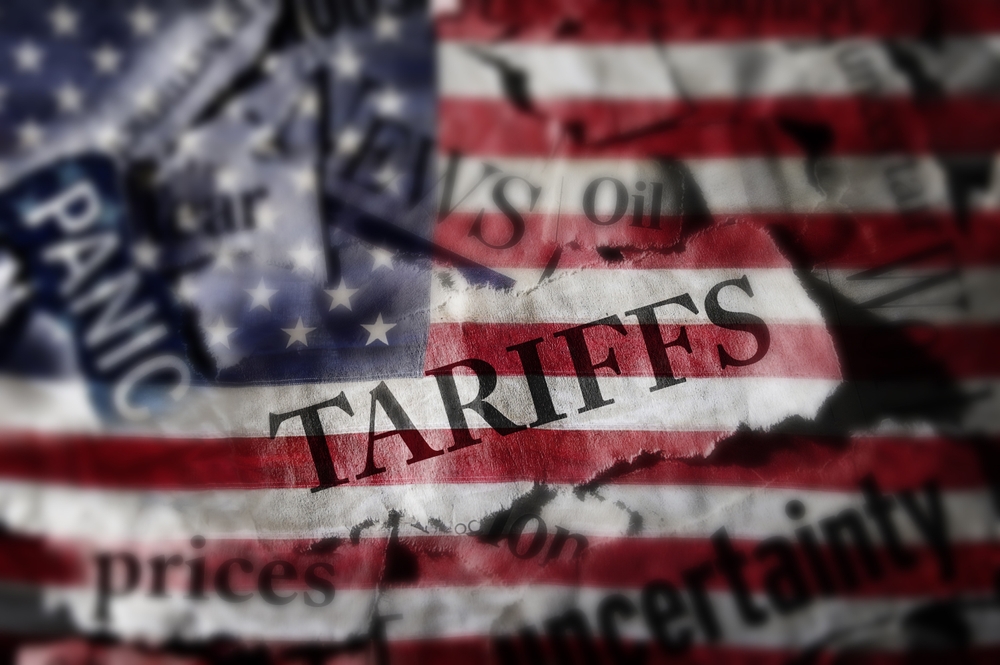
At the heart of this boycott lies more than just trade disputes. People are upset about American influence on global politics, climate inaction, and cultural dominance. President Trump’s past and current actions have left a lasting mark. Elon Musk’s increased involvement in U.S. governance has only added fuel. For many, avoiding US brands is about rejecting these symbols of control and arrogance. It’s a peaceful protest against decisions that affect the world but aren’t made with it in mind. It’s about showing that consumers do have a voice, and they’re using it.
How American Brands Are Responding

Faced with shrinking market share abroad, some U.S. companies are finally responding. A few are launching rebranding campaigns or highlighting corporate social responsibility to rebuild trust. Others are investing in local manufacturing or partnerships to distance themselves from political narratives. Still, many remain silent, hoping the movement fades. However, as more people commit to avoiding US brands, staying quiet is no longer a safe strategy. Brands that listen and adapt may recover, but those that don’t risk losing relevance in a world that increasingly values ethics over convenience.
A Message Beyond the Checkout
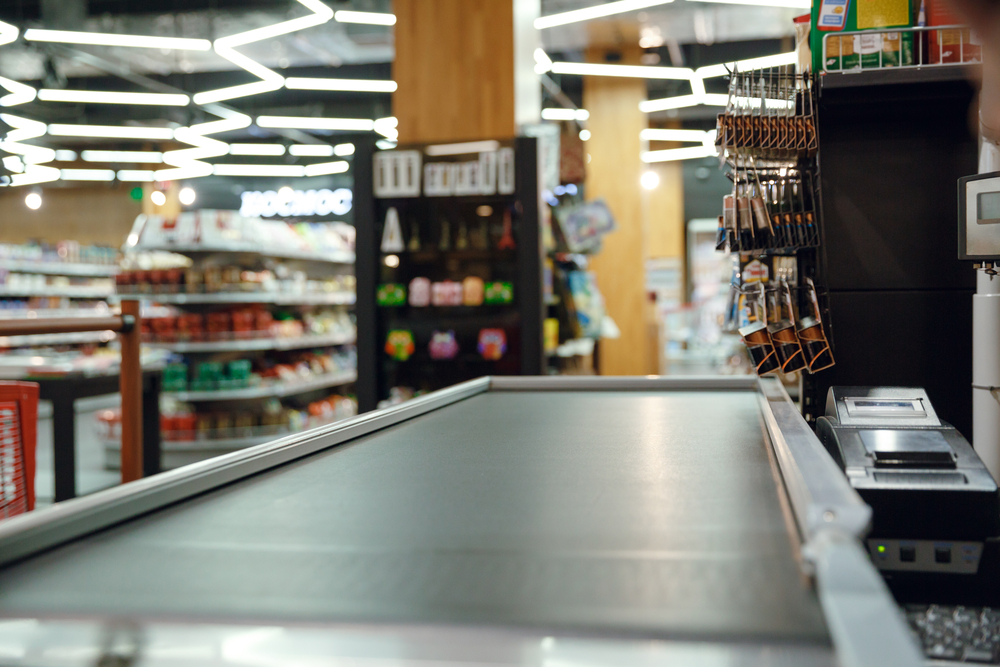
This boycott has grown into something far bigger than a political protest. From coast to coast, people are avoiding US brands to make a statement about trade, justice, and fairness. They’re pushing back in the only way many of them can, by choosing where they spend their money. Brands are noticing, and so are governments. What started as frustration has evolved into a powerful movement that’s reshaping how we think about consumption. As more people join in, the message is clear: values matter, and buying power can be a force for change.
Read More: Canadians Ditching US Travel for New Destination, Say Travel Companies

